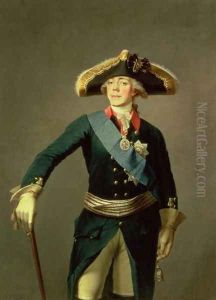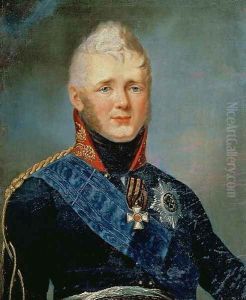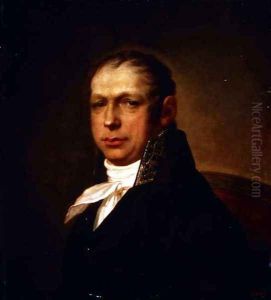Stepan Semenovich Shchukin Paintings
Stepan Semenovich Shchukin was a prominent Russian businessman, art collector, and patron of the arts, born in 1854 into the affluent Shchukin family, which was well known for their commercial ventures and cultural contributions. His passion for art was not an isolated phenomenon within the family, as his brothers Pavel and Sergei Shchukin were also notable art collectors of their time, with Sergei in particular establishing one of the most significant collections of modern French art in the early 20th century.
Stepan Shchukin made a name for himself in the art world by focusing on acquiring a substantial collection of Russian and European art. He was particularly interested in the work of the Peredvizhniki (The Wanderers or The Itinerants), a group of Russian realist artists who formed an artists' cooperative in protest of academic restrictions. His collection included significant works by prominent Russian artists of the period, such as Ilya Repin, Ivan Kramskoi, and Ivan Shishkin.
Aside from his collecting activities, Shchukin was also a benefactor to artists and a supporter of art education initiatives. He contributed to various charitable causes and played a role in the establishment of art institutions in Russia. His patronage extended to supporting young artists by providing scholarships and other forms of financial aid, thus fostering a vibrant cultural scene.
The Bolshevik Revolution in 1917 brought about dramatic changes to the cultural landscape in Russia, and like many other private art collectors, Shchukin's collection was nationalized. Despite the significant loss of his personal collection, the artworks he and his brothers amassed became the foundational holdings of several state museums, including the Pushkin State Museum of Fine Arts and the State Tretyakov Gallery in Moscow. Stepan Semenovich Shchukin died in 1936, leaving behind a legacy intertwined with the development of Russian art collecting and the preservation of cultural heritage in a time of great social and political upheaval.


